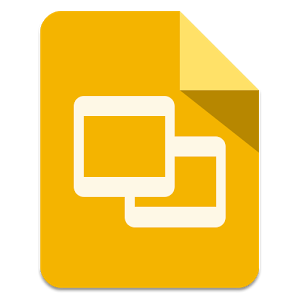

Help English Learners with Screencasting and Google Slides
With our influx of Chromebooks and iPads into our classrooms, we may become overwhelmed and easily lose sight of how to help English Learners. Not to fear, these devices are great tools for helping ELs access the content. ELs, like any student, are likely to be more engaged when using such devices. Here's an idea for engaging the students and helping with language development.
Reading from a textbook or article can be a daunting task for an EL. Doing an old fashioned read aloud isn't probably a good idea. Normally, you'd choose a proficient reader to read aloud to the class or even choose yourself. The logic is that hearing a good example of reading English will help ELs learn better. True, but if you've ever heard someone speaking a language you aren't very familiar with, you get left behind as you try to translate every word you don't understand. In the end, you are behind.
Nowadays, most curriculum comes with a digital version of textbooks, articles and auxiliary materials. What I like to do is take part of my digital textbook and copy/paste the parts I want students to read into a Google Slides Presentation. The rule of thumb is to have no more than one or two paragraphs per slide. This way you can have a good size font that is easy on the eyes. Once you've pasted the text you plan to have students read and follow along, use a screencasting tool. I recommend Chrome extension such as Snagit or Screencastify.
When ready, record yourself reading the content. Be sure to enunciate trouble words. You may want to highlight them in advance. Read loud and clear. When finished, using either of the recommended screencast tools, your video can be uploaded to YouTube where it can be further edited and easily shared with students. If YouTube is blocked, the screencast tools will automatically save in your Google Drive. You can share with students from there.
The purpose of screencasting your read alouds is to give ELs the ability to pause and rewind as needed. They cannot do that when you do a live read aloud in class. In addition, you could even add your own commentary within your video to help aid with understanding and comprehension. This idea works great for ELs and students of all levels.

No comments:
Post a Comment